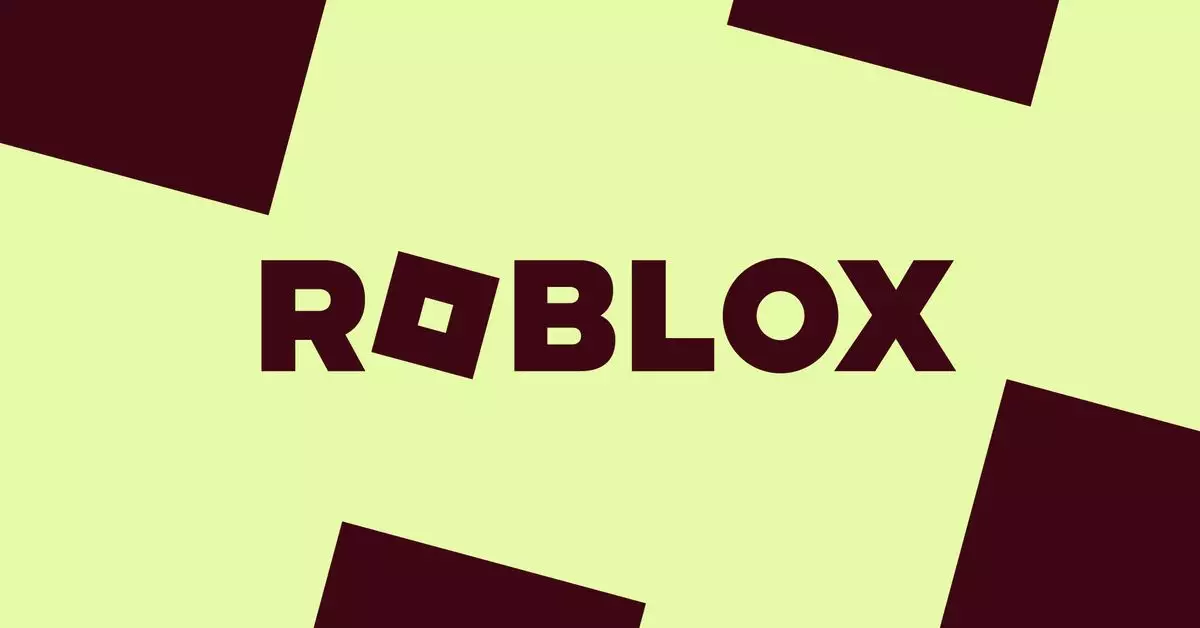Roblox, the popular online gaming platform, is undergoing significant reforms in response to mounting scrutiny regarding its child safety measures. With millions of children engaging on the platform, the concerns raised, especially by recent reports, have prompted implementation changes aimed at protecting its youngest users. The prevailing narrative has been stark, with critiques pointing out inadequacies in how the platform safeguards the children who access it. The amplification of these concerns culminated in international actions, such as Turkey’s blockade of the site, citing the need to shield children from potential exploitation. As the platform pivots to address these pressing issues, it raises vital questions about online safety, parental authority, and the responsibilities of digital platforms in 21st-century entertainment.
From Experience Guidelines to Content Labeling
One of the most substantial alterations coming to Roblox is the transition from Experience Guidelines, which previously categorized games by age appropriateness, to a more nuanced Content Labeling system. Moving forward, users aged under 13 will require parental consent to engage in certain chat functionalities on the platform. Moreover, even younger children, those under the age of 9, will need explicit parental permissions for any interactions labeled as “Moderate,” which could pertain to content that includes elements like mild violence or humor that isn’t strictly for children.
This shift aims to provide not only clarity but also greater parental control over what exactly children are exposed to while playing. By implementing these updates, Roblox is acknowledging that it is not merely enough to apply age-based restrictions, especially in a landscape where the nature of online interactions fluctuates rapidly and may affect children’s psychological well-being.
Roblox is also unveiling new parental accounts, designed to bridge the gap between parents and their children’s gaming activities. These accounts will allow parents greater oversight by offering access to valuable insights, such as screen time statistics and social interactions within the Roblox community. This feature endeavors to empower parents to make informed decisions regarding their children’s digital lives.
However, the implementation details spark a debate. While gaining insights is beneficial, the limitations on parental control functionalities – such as the removal of the option to set a parent PIN for tighter security – raises concerns over the efficacy of these parent accounts. Parents are left negotiating a balance of disengagement versus involvement, potentially discontent with the limited control they retain. Despite Roblox’s reassurances about its ongoing commitment to user safety as articulated by company representatives, the platform appears to introduce playful features while simultaneously restricting vital parental mechanisms.
The recent changes reflect Roblox’s acknowledgment of its critical responsibility towards user safety, especially those under the age of 13. The backdrop of these modifications stems from public outcry amplified by investigative reports that highlighted a plethora of dangers, including instances of predatory behavior targeted at children. Roblox’s strategy anticipates an amplified effort in communicating effectively with both players and their guardians about digital safety protocols; an initial move that could mend some of the damage caused by previous criticisms.
The statement issued by Roblox encapsulates the company’s stance: “We are committed to building safety features and tools into our product design.” It remains to be seen, however, whether these steps will sufficiently assuage parental fears and restore faith in the platform’s commitment to child safety amid an increasingly intricate digital landscape.
Looking Forward: Balancing Innovation with Responsibility
Roblox’s changes are a tentative step in an ongoing journey toward creating a safer digital playground for children. As online interactions evolve, companies must adapt simultaneously, striking a delicate balance between nurturing a vibrant, innovative platform and safeguarding its users. The emphasis on parental involvement is a step in the right direction; still, it’s imperative for Roblox to continually reassess and refine its strategies, ensuring that interactive elements do not outpace protective measures.
As we await further details on the effectiveness of these changes, it becomes clear that the conversation surrounding digital security and parental control will remain crucial for platforms like Roblox. The future of online gaming hinges not only on engagement but equally on the security and well-being of its youngest participants—an expectation that must be met with ongoing vigilance and adaptation.

